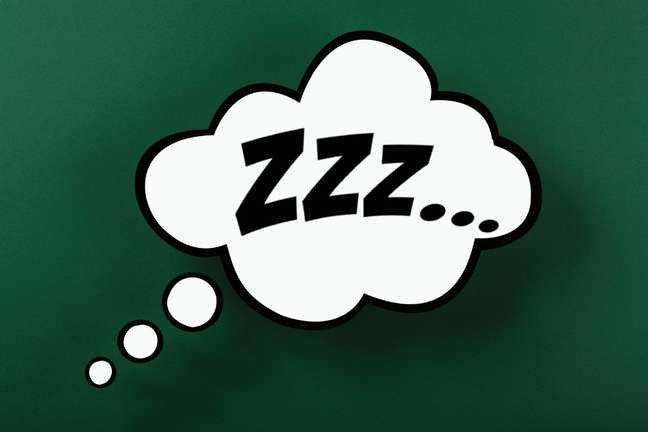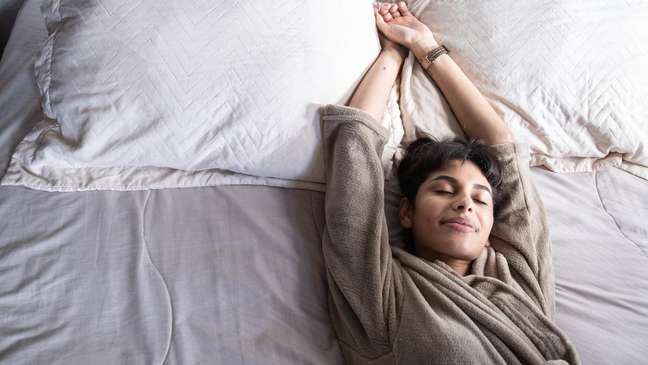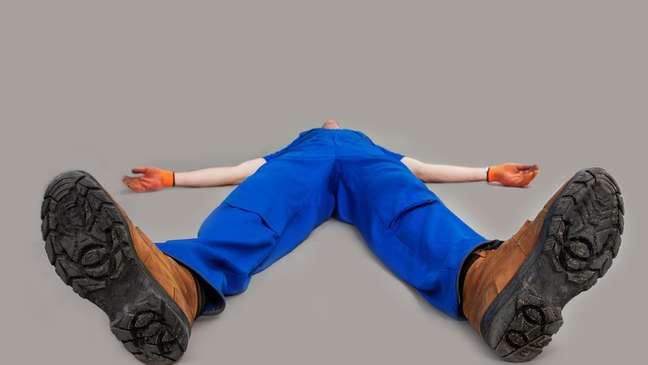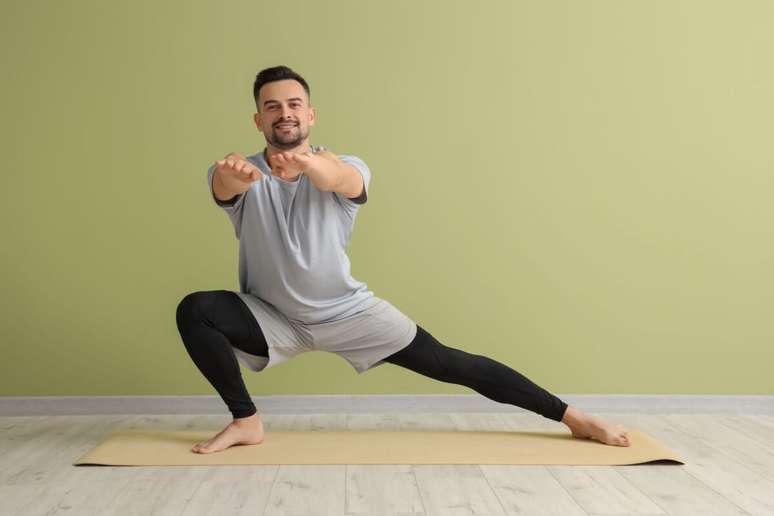Dr Michael Mosley, BBC presenter, has been investigating the subject to try to cure his own insomnia and has discovered effective tactics.

If you have difficulty falling asleep or maintaining quality sleep, you are in one third of the population.
A survey by the US Centers for Disease Control in 2016 found that one in three American adults were not sleeping regularly enough, using the metric of at least 7 hours a night.
Dr Michael Mosley, presenter of the health series Only one thing, from the BBC, is part of that statistic. So he decided to investigate simple, scientifically proven techniques that would help him and other insomniacs sleep better.
The result is the Sleep Well podcast, which features the following tips:
1. Slow your breathing
A simple yet incredibly powerful way to relax is to breathe slowly and deeply. Allow your breathing to catch up. Exhale a little longer than you inhaled.
The research cited by Mosley points out that participants who were successful in reducing their breathing rate fell asleep an average of 20 minutes earlier and slept better, waking up less during the night.
Slow breathing has a positive knock-on effect: from changing your brain chemistry to calming your body and heart rate.
The key to understanding these effects lies in a small group of cells in a region of the brain called locus coeruleus🇧🇷
“If sleep doesn’t come and your mind is agitated, it’s the locus coeruleus it’s active,” says Mosley.
Active, it shoots norepinephrine (a wake-up chemical) through the brain.

Professor Ian Robertson, from Trinity College (Ireland), and his team have found that reducing the speed of breathing has a direct effect on this brain system.
The recommendation is to breathe in a 4-2-4 rhythm (inhale for a count of four, hold the air for two seconds and exhale for a count of four), and also abdominal breathing: place one hand on your chest and the other just under the rib cage.
As you inhale, you should feel your bottom hand lift, while the hand on your chest stays relatively still.
It’s a way to calm down if you wake up with your mind racing in the middle of the night.
2. Take advantage of the morning light
Mosley says one of the best pieces of advice she received when dealing with chronic insomnia was to wake up at the same time every morning and use the morning light.

This is because it is believed, based on scientific research, that the time a person wakes up has more influence on the body clock than the time they go to sleep.
And much of that is due to daylight.
When light reaches the eye, it excites receptors at the back of the eye, which send signals to a region of the brain called the suprachiasmatic nucleus.
Morning light disrupts the production of the sleep hormone melatonin and tells the body that the day has begun.
This initiates a series of events in the body so that, about 12 hours later, melatonin begins to rise again, preparing the body for deep rest.
3. Enjoy your bed
According to Mosley, if you can’t sleep, the best thing you can do is get up.
Maybe it sounds contradictory, but it’s about making the bed a space that the mind associates with sleep and tranquility, and not with the impossibility of sleep.

According to Colleen Carney, director of the Sleep and Depression Laboratory at Metropolitan University in Toronto, Canada, the basic idea is that you shouldn’t struggle to sleep if your body and mind aren’t ready. This, she believes, creates an association that turns her bed into a battlefield.
If you get up when you can’t sleep and lay down again when you feel sleepy, this negative association can collapse.
If this association is very strong, you may initially have to get out of bed several times and go somewhere warm and quiet to do something unstimulating.
In this sense, another recommendation is to avoid naps in the middle of the day and avoid using the bed for activities such as watching TV, using the mobile phone, writing in a notebook…
4. Warm up to cool down
A warm bath or shower before bed can also help you fall asleep faster.

A recent roundup of 13 studies found that people who took a hot shower before bed fell asleep 36 percent faster than others, had better quality sleep, and felt more rested the next day.
When parts of the body are heated, especially the hands and feet, the blood vessels that radiate heat begin to dilate.
This brings more blood to the skin’s surface, which helps speed up heat loss, so your body temperature drops and this acts as a signal to sleep.
If you don’t feel like taking a hot shower, you can achieve the same effect with a hot water bottle or warm socks, for example, which initiate initial blood flow to your hands and feet to signal the body.
5. Listen to the body

We’re used to being told that we need eight hours of sleep, but the pressure to reach that goal can be stressful and futile.
Adults tend to need 7-9 hours of sleep a night, but that’s an average. Some people are perfectly fine with less and some with a little more. It is something that also changes throughout life.
It is also known that the 8-hour average is relatively new. In pre-industrial times, it was common for people to go to bed a few hours after sunset and then wake up, then do things like talk to neighbors, study, have sex, and then go back to bed for a second shift. to sleep.
I mean, waking up in the middle of the night is normal.
Professor Nicole Tang, from the University of Warwick (UK), advises insomniacs to stop looking at the clock at night and worry about the amount of hours they sleep.
It’s best, she says, to listen to your body: If sleep comes during daytime activities, that’s a sign you probably need some more sleep.
– This text was published in https://www.bbc.com/portuguese/geral-63769995
🇧🇷The best content in your email for free. Choose your favorite Terra newsletter. Click here!
Source: Terra
Ben Stock is a lifestyle journalist and author at Gossipify. He writes about topics such as health, wellness, travel, food and home decor. He provides practical advice and inspiration to improve well-being, keeps readers up to date with latest lifestyle news and trends, known for his engaging writing style, in-depth analysis and unique perspectives.







